Everything You Need To Know About Bleaching Black Hair
Tried and tested methods to dye your hair within the comfort of your home.
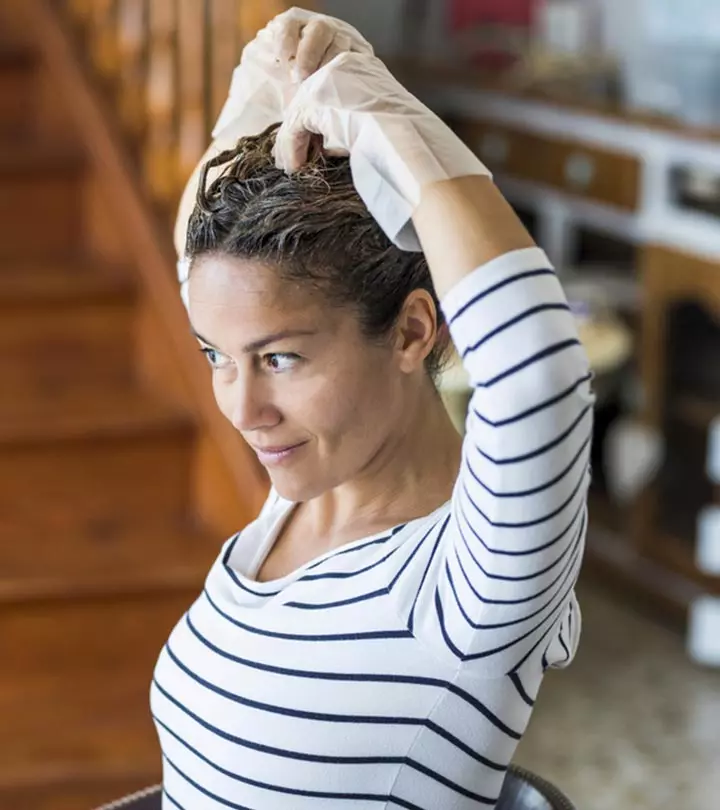
Image: Shutterstock
Experimenting with your hair is necessary to break the monotony and enhance your looks. Bleaching your black hair is a creative way to rock new looks and boost self-confidence. So, is bleaching black hair difficult? Is it advisable to bleach your hair at home? And you must have wondered how to bleach hair at home.
Many wish to get it done in a hair salon. However, bleaching your hair is no rocket science, and you can comfortably do it at home. The only thing is you need to keep a few things in mind for your results to match the professional standards. So, what are they?
In this article, you will learn how to bleach your dark hair, the tools required, after-care hair tips, and the important dos and don’ts. Read on!
Note: As bleach is a harsh chemical, it can be dangerous to do on yourself at home. Be aware that you can chemically burn your skin, and if you bleach at home, just like in the salon, it might take more than one time hair treatment before your hair is lightened to the level you want.
In This Article
How To Bleach And Dye Dark Hair At Home: A Step-By-Step Process
First things first, if you’re wondering how to bleach dark hair, let’s understand what the bleaching process entails. Bleaching is an aggressive chemical process that opens the hair cuticles (protective outer layer) and dissolves melanin (natural pigment) in each hair strand (1). The longer you leave bleach on your hair, the more the keratin (structural protein) bonds get destroyed and the lighter your hair gets.
A blogger documented her quest to get blonde hair, inspired by iconic figures like Sandara Park and CL Queen. Initial doubts and warnings from the hair stylist were set aside as the desire for blonde locks prevailed. The hair bleaching process turned out to be painfully intense, but the result left the blogger in love with their new look. She says “So far, I’ve been doing good with my blonde hair even though it has been quite damage and I am a lazy person ;D I have no big problem taking care of it. If you ever thought of doing it, please go ahead and do it (i).”
 Fun Fact
Fun FactKey Takeaways
- Bleaching black hair is an easy and great way to spice up your look.
- Do a test strand first to see how long to leave bleach on to get the color you want.
- Leaving enough time between sessions, using coconut oil, and deep conditioning help prevent damage.
- Proper aftercare is very important – trims, less washing, heat protection, purple shampoo for brassiness, masks, and serums.
- Follow instructions carefully, watch the time to avoid over-bleaching, and ask a professional for guidance on your specific hair.
How To Lighten Dark Hair: The 8 Steps To Black Bleaching Hair
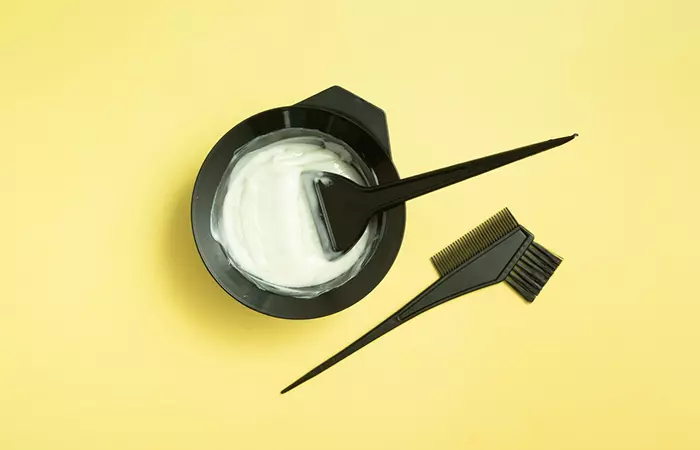
Once you have zeroed in on hair color, the actual bleaching process begins. Here’s a step-by-step guide that details the process:
Step 1: Apply Coconut Oil/Olive Oil
You need to prepare your hair for bleaching on the day before the process. Apply warm coconut/olive oil to your hair as it works as a deep conditioner.
Before you start bleaching your hair, apply petroleum jelly along your front hairline, ears, and neckline to protect your skin from the dye.
Step 2: Assemble The Required Ingredients
Assemble the required hair products and other things you will need in one place. Since your clothes can get stained in the process, wrap a towel around your shoulders or wear an old T-shirt. The things you will need to bleach your hair are:
- Comb
- Sectioning clips
- Hair bleach
- 30 volume developer
- Tinting/mixing brush
- Mixing bowl
- Old T-shirt/towel
- Aluminum foil
- Purple shampoo
Step 3: Divided Your Hair Into Four Sections
As you might have seen in the salon, divide your hair into two sections at the front and two at the back of your head.
(You can skip this step if you have very short hair). Make sure you have sturdy hair clips handy to hold the hair in place.
Step 4: Mix the Bleaching Powder
Put on your gloves and mix the bleach with the developer using a mixing brush in a mixing bowl. Carefully follow the instructions as printed on the box or in the instruction manual.
Alternatively, you can go for a 1:2 ratio of 30 volume bleach developer and bleach powder, respectively (3 oz. powder and 6 oz. developer). You can add more powder if the mixture is too watery.
Don’t opt for a 40 volume developer as it can be too strong and cause further hair damage. Alternatively, you can go for a 20 volume cream developer if you want natural light blonde hair.
Step 5: Apply The Bleach
If you’ve ever wondered how long to leave bleach in your hair, start by doing a test strip with a bottom section of your hair. Once you apply the bleach, keep checking every five minutes to see how long you’ll have to leave the bleach in to get the desired color. Once you are sure that the process is working smoothly, you can start applying the mixture on the back sections (where the hair is thicker), working your way up from the tips of your hair to the roots. Then, move to the front sections. Make sure you work quickly to prevent the color from getting uneven or blotchy. Wrap each section of hair in aluminum foil as soon as you apply bleach to it. This will help generate heat and make the bleach develop faster.
Handy tip: Start by applying bleach from about an inch below your roots. You can bleach the actual roots at the end as the new hair nearer to the roots tends to bleach faster because of your body heat.
Step 6: Apply Bleach To Your Roots
To bleach your roots, you will need to begin at the back, which is why it helps to place two mirrors while bleaching – one at the front and one at the back.
To expose your roots, flip your hair with the tip of your tinting brush. Cover your roots with bleach on both sides of the section of hair you are working with.
Bleach works faster with heat, so when applied to the scalp, it will lighten faster than the rest of the hair length.
Step 7: Let The Bleach Do Its Work
Now that you have applied the solution, you must be wondering how long to leave bleach in your hair? Place a shower cap over your hair and keep checking the level of lightness it has reached. Do the first check after 10 minutes and then repeat after every 5 to 10 minutes until you hit the 30-minute mark. Never leave the bleach on for more than 60 minutes as it will burn your scalp.
Handy tip: Over time, you’ll notice your hair changing color from natural dark to orange to light yellow.
Step 8: Rinse Off The Bleach
Once you see that your hair has reached a light-yellow tint, wash off the bleach with lukewarm water and purple shampoo to complete the bleaching process. Make sure to apply a good conditioner for 3-5 minutes.
When it comes to bleaching, the aftercare ritual is as important as the bleaching process itself. Without proper follow up, your hair is bound to become brittle, dry, and damaged. Listed in the next section are some time-tested tips you can try to rejuvenate your hair and reverse some of the post-bleaching damage.
How To Lighten Dark Hair: After-Care Tips
Bleaching can cause hair damage and adversely affect hair health in the long run(2). It is imperative to ensure proper hair maintenance after bleaching to avoid hair loss. If left uncared for, the hair loss can become permanent and can be only fixed with medical procedures like a hair transplant surgery.
Use hair products specially formulated for chemically-treated hair to promote hair restoration and facilitate hair regrowth. Here are some tips to care for your bleached hair:
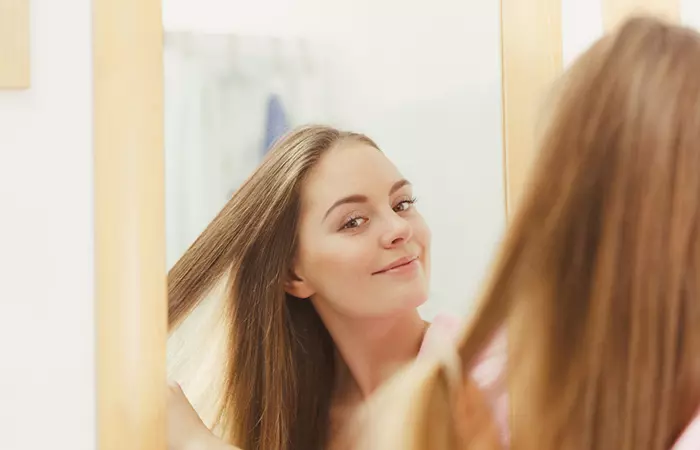
- Go for a trim within seven days of bleaching as this helps prevent further breakage on the ends. Bleach is always harsh on the ends, and you want to get them trimmed so that the breakage doesn’t travel up the hair strand further.
- Wash your hair a little less frequently (a maximum of 2-3 times a week).
- Condition your hair both before and after bleaching. You can also apply argan oil, olive oil, or coconut oil.
- Opt for a post-color treatment such as Olaplex to repair the damaged hair.
- Invest in a nourishing and hydrating hair mask.
- Use a blue or purple shampoo occasionally to keep brassy and orange tones at bay.
- Always apply a heat protectant when using hairstyling tools like a blow-drying or curler.
- Use a hair serum daily.
- Remember to condition your hair after every shampooing session.
- Always brush your damp hair with a flat brush in soft and gentle strokes.
- Use a hair reconstructing product (as suggested by your hairstylist).
- It is recommended to wait at least 6-8 weeks before bleaching your hair again.
- Instead of constantly bleaching your locks, consider trying other options like colored hair wigs, hair weaves, and hair extensions. Not only can you find these hair accessories in multiple colors, but you can also bleach and dye the synthetic hair to get the desired hair color without damaging your tresses.
Always ensure to use hair products compatible with your hair type, issues, and hair texture to take care of your hair after bleaching, such as:
- Dry Hair: Use hydrating shampoos and deep conditioners. Avoid alcohol-based products.
- Oily Hair: Use lightweight, clarifying shampoos once or twice a week. Also, opt for co-washes or dry shampoo.
- Frizzy Hair: Choose anti-frizz serums and smoothing masks.
- Thin Hair: Use volumizing products made without heavy oils. Pick products that have a lot of nutrients and natural ingredients.
- Thick Hair: Opt for rich, creamy conditioners and masks. Avoid oil-based products that can weigh down your hair.
- Curly Hair: Go for curl-enhancing creams and sulfate-free products.
- Damaged Hair: Choose strengthening treatments with keratin or protein.
 Quick Tip
Quick TipYou cannot go from black to blonde hair in a single session. So, let’s answer the big question.
How Many Times Do You Need To Bleach Black Hair?
Like everything related to hair care, the frequency of bleaching sessions depends on the natural color of your hair. If your natural hair color is dark and you want to go light, chances are you will need to go through multiple rounds of bleaching.
Typically, black hair needs to be bleached at least twice. That said, the number of bleaching sessions also depends on how light you want to go.
Here are a few handy tips for bleaching black hair:
- It is easier to bleach virgin hair, i.e., hair that has never been bleached or colored. Make sure to account for that when figuring out whether you should bleach more than once.
- As a thumb rule, review your color after one bleaching session to see if you need to go in for another one. For instance, if your hair comes out with a more orangish tinge than blonde, you will definitely need another bleaching session before toning.
- Before every bleaching session, make sure to apply coconut oil and leave it on for 24 hours. Applying coconut oil can protect your hair from damage.
How Long Should You Wait Between Bleaching Sessions?
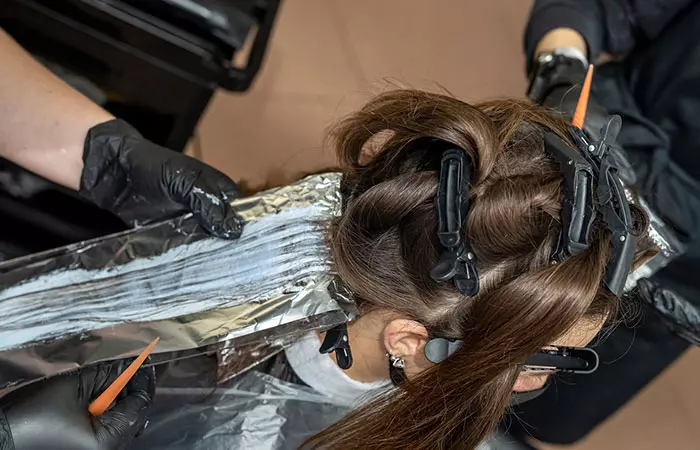
Wondering how long you should wait between bleaching sessions? It is a good question, but one with no standard answer. That said, hair care professionals advise that you wait for “as long as you can” simply because excessive bleaching can damage your hair.
It is necessary to allow your hair to recover between sessions. Use cold-pressed extra virgin coconut oil to repair some of the damage. While some people wait at least a month between bleaching sessions, others wait for a week.
Before deciding to bleach again, assess your hair’s condition. Look for signs of over-bleaching, such as excessive dryness, brittleness, and a dull appearance. If your hair feels weak or looks frayed, it is best to delay further bleaching and focus on rejuvenating it with deep conditioning treatments.
Everyone’s hair is different, so make sure to consult a hair care professional to understand the ideal frequency of bleaching black hair based on your hair type and quality, as well as your requirements.
Ever wondered about what happens when you bleach black hair with hydrogen peroxide? Find out in the next section!
What Happens When You Bleach Black Hair With Hydrogen Peroxide?
Here’s what you should expect: From the names themselves, you can understand that hydrogen peroxide and bleaching powder are strong, aggressive chemicals. Apart from hydrogen peroxide, ammonia is also used as an oxidizing agent. An oxidizing agent (removes electrons) helps hair bleaching by breaking down the natural pigment (melanin) in the hair, lightening its color. You need to follow a special hair care routine to counteract their after-effects and prevent your hair from becoming weak, dull, and brittle.
Here are some outlined key tips for those with dark hair to adopt when bleaching your hair with hydrogen peroxide:
- Do a strand test to understand how your hair reacts to the product. If it works, your hair is ready to be bleached.
- Next, mix the hydrogen peroxide with the bleach powder in a plastic/glass container.
- Apply the mixture to your hair following the same method listed above.
- Set a timer for 30 minutes. Then, wash your hair with a balancing shampoo. Go for a cold shower to prevent further damage to the hair strands.
- Finally, apply a deep conditioning mask to restore moisture back in your hair.
Now, let’s answer the most important question.
How Long Does It Take To Bleach Black Hair?
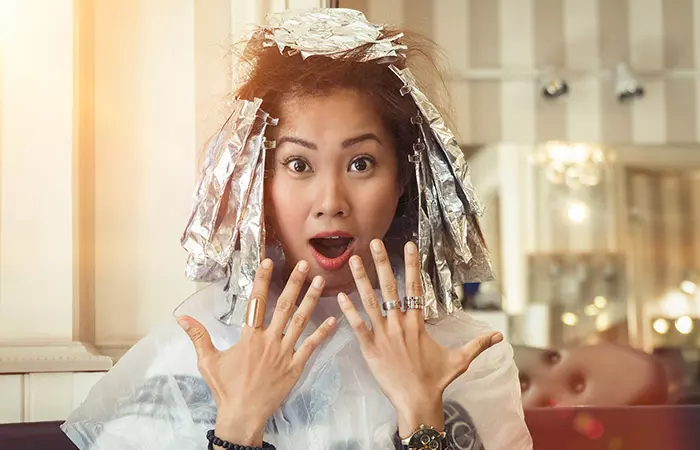
The time it takes to bleach your hair depends on your existing hair color and texture. It could be one day to a month to lighten it to the color you wish to achieve. It can take anywhere between 15 and 30 minutes per session.
Here’s a quick table for your reference. However, don’t consider this to be the standard time durations. Make sure to consult with a hair specialist before you proceed:
| Hair Color And Texture Type | Time Duration And Application |
|---|---|
| Blonde | 15 to 20 minutes |
| Dark | 30 minutes (Ideally, try to split the process into multiple sessions.) |
| Coarse | 30 minutes (Most challenging hair type which may need a minimum of two sessions.) |
| Fine | 10 to 15 minutes (Thinner cuticle layer that tends to bleach faster.) |
Bear in mind a few important pointers if you end up leaving the bleach on for more than 30 minutes:
- Your hair strands can become brittle and weak after bleaching (3). Your bleach-exposed skin can be affected, too.
- Your hair can turn completely white, losing all the pigment.
- Your hair can lose its ability to retain moisture as it becomes more porous.
- Your hair can lose its keratin, which is a protein that is essential for the health of your hair.
At-home bleaching is impossible to do without the right tools at hand. Some brands do offer all-inclusive bleaching kits for dark hair. However, they can be expensive.
Listed below are all the tools you will need to create your own bleaching kit for dark hair. Do note that this list is not exhaustive!
Top 14 Tools For Bleaching Black Hair
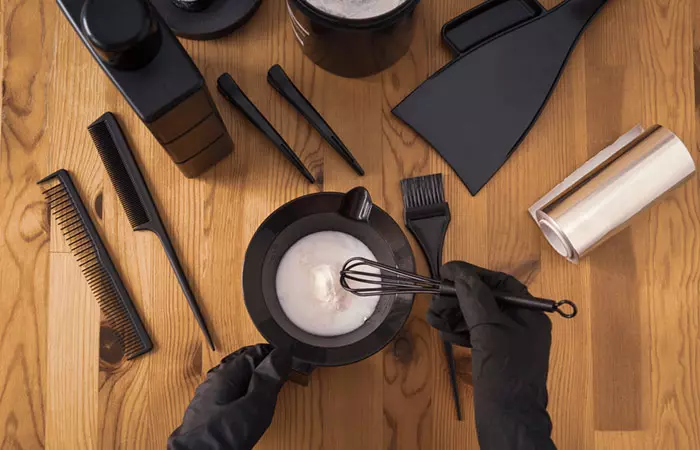
- Disposable plastic gloves and protective eyewear: This helps protect your hands and eyes from the strong chemicals.
- Glass/plastic bowl: Avoid metal bowls at all costs.
- Hair bleach powder
- Tinting brush and rat-tail comb
- Shower cap: Make sure that it fits your head.
- Color-protect balancing shampoo: It helps restore your hair’s pH balance post bleaching.
- Toner: It is extremely important to tone your hair after bleaching to eliminate any brassiness and orange hues – a common occurrence when you bleach dark hair. A 10 volume toner works best.
- Developer: The liquid that you mix with bleach powder before you apply it to your hair. For people with dark hair color, a 30 volume developer is recommended, whereas, for people with lighter hair, 20 volume is ideal.
- Vaseline: It helps keep the dye off your skin, especially your forehead, ears, and neck.
- An old T-shirt and towel
- Cold-pressed coconut oil
- Stain remover
- After color treatment: It helps lock the color into your hair.
- Front and back mirrors
By now, you know that bleaching dark hair is easier than the long ordeal that it is made out to be. To that end, here are some useful do’s and don’ts to keep in mind as you proceed if you wish to know how to bleach black hair to blonde.
Important Do’s & Don’ts For Bleaching Dark Hair
Top 4 Do’s
- Nail Your Hair Color, Texture, And Tone:
One of the basics of bleaching dark hair at home is understanding your current hair color, level, and tone. You can browse through the brand’s website, which typically has a hair level chart comprising of color names and corresponding pigment numbers.
Also, determine your hair type as bleaching is not recommended for relaxed, straightened, or chemically-treated hair.
- Figure Out The Right Blonde Tone
Next, you need to focus on choosing the shade of blonde you want. Remember that there are many options – from beige and ash to golden and platinum. Every color is accompanied by a different tone.
- Take Extra Care Of Your Hair
The real work begins after you bleach your dark hair. Yes, we are talking about establishing a hair care routine, including using color-protect shampoo and conditioner and indulging in a deep conditioning treatment to hydrate, nourish, and restore the hair fibers.
- Let Your Hair Down (Literally)
Let’s face it. Bleaching your hair from black to blonde damages and dries out your hair. So, refrain from dyeing your hair too often and give it time to recover. If need be, you can touch up your roots.
Top 3 Don’ts
- Don’t Forget To Read The Instructions
Whether you are a seasoned bleacher or a beginner, make sure to read the instructions carefully. Always start with a strand/patch test to understand how long to leave bleach on black hair and to check whether your hair is too damaged for bleach in the first place.
- Don’t Lose Track Of Time
When it comes to bleaching black hair at home, people tend to leave the bleach on their hair longer than intended – a big mistake. Over-bleaching can damage your hair and even burn your scalp.
- Don’t Apply Bleach In Harsh Lines
Typically, this happens during at-home hair bleaching sessions. To avoid creating a harsh line between your bleached and unbleached hair, make sure to blend the bleach all over your hair properly. Or use the tip of the brush to lightly break up the harsh line and create a feathering effect.
Here’s another handy tip: Keep in mind that the ends of your hair absorb bleach faster.
Wrapping Up: To Bleach Or Not To Bleach?
To wrap up, remember these three pointers when bleaching your hair at home:
- Don’t leave the bleach on more for than 60 minutes as it can seriously damage your hair and burn your scalp.
- Before starting your bleaching process, speak to a hair professional for better guidance on how to bleach your hair at home.
- Always do a patch test to determine whether you are allergic to the bleach.
Infographic: How To Prep Your Black Hair For Bleaching
Bleaching can make your hair strands dry and brittle. From nourishing the locks with natural oils to choosing a suitable bleach, you can follow some tips to minimize damage from this chemical process. Check out the infographic below to learn how to prep your black hair for bleaching.
Some thing wrong with infographic shortcode. please verify shortcode syntax
While bleaching black hair at home might seem like a Herculean task, it is actually very easy. But to achieve a flawless bleached look, you need to use the right tools and techniques and follow aftercare tips to keep your hair healthy. An important step in the bleaching process that you should not forget is applying oil to your hair beforehand. This prevents your hair from drying out and becoming damaged and lifeless. Divide your hair into sections to thoroughly bleach your tresses. Once you are done, diligently follow the aftercare tips to ensure your hair is healthy.
Illustration: How To Bleach Black Hair: A Beginner&039s Guide

Image: Dall·E/StyleCraze Design Team
Frequently Asked Questions
Can you go from black to blonde in one bleaching session?
No, typically, transitioning from black to blonde in a single session is not advisable. It usually takes several bleaching sessions to reach a blonde shade.
Does bleaching black hair make it brown?
Krysta Biancone, a hairstylist, says, “No, bleaching black hair won’t make it brown. When done correctly, bleaching black hair can result in beautiful shades of blonde or even platinum blonde.”
Can I put coconut oil on my hair before bleaching it?
Yes, you may apply coconut oil before a hair bleaching treatment as it can protect your hair proteins and provide nourishment. It may also boost hair growth.
What color is hair after bleaching?
The color of the hair after bleaching depends on the starting color of the hair and the level of bleaching performed. Generally, hair that has been bleached will be lighter than its original color and may range from a pale yellow or blonde to almost white.
How long does bleached hair last?
The duration of bleached hair depends on the quality of bleach used, the natural hair texture, the frequency of hair washes, and the post-bleach hair care regimen. Typically, bleached hair lasts for 4-8 weeks, but with proper maintenance and care, it can last up to 6-8 months.
Does bleaching your hair make it thinner?
Yes, bleaching your hair can make it thinner over time due to it weakening the hair shaft, which makes it more prone to breakage and thinning.
Personal Experience: Source
StyleCraze's articles are interwoven with authentic personal narratives that provide depth and resonance to our content. Below are the sources of the personal accounts referenced in this article.
https://imwernling.wordpress.com/2016/02/21/my-hair-bleaching-story/https://imwernling.wordpress.com/2016/02/21/my-hair-bleaching-story/
References
Articles on StyleCraze are backed by verified information from peer-reviewed and academic research papers, reputed organizations, research institutions, and medical associations to ensure accuracy and relevance. Read our editorial policy to learn more.
- Persulfate Reaction in a Hair‐Bleaching Formula: Unveiling the Unconventional Reactivity of 1,13‐Diamino‐4,7,10‐Trioxatridecane
https://pmc.ncbi.nlm.nih.gov/articles/PMC5931532/ - Hair Bleaching And Skin Burning
https://pmc.ncbi.nlm.nih.gov/articles/PMC3664529/ - Significant Damage of the Skin and Hair Following Hair Bleaching.
pubmed.ncbi.nlm.nih.gov/20860738/
Read full bio of Madison Dufour
- Krysta Biancone is a hair stylist with over 13 years of experience in blonde highlights, hair extensions, and blonde coloring. She aims to make every client feel their absolute best.
 Krysta Biancone is a hair stylist with over 13 years of experience in blonde highlights, hair extensions, and blonde coloring. She aims to make every client feel their absolute best.
Krysta Biancone is a hair stylist with over 13 years of experience in blonde highlights, hair extensions, and blonde coloring. She aims to make every client feel their absolute best.
Read full bio of Arshiya Syeda
Read full bio of Ramona Sinha
Read full bio of Medha Deb






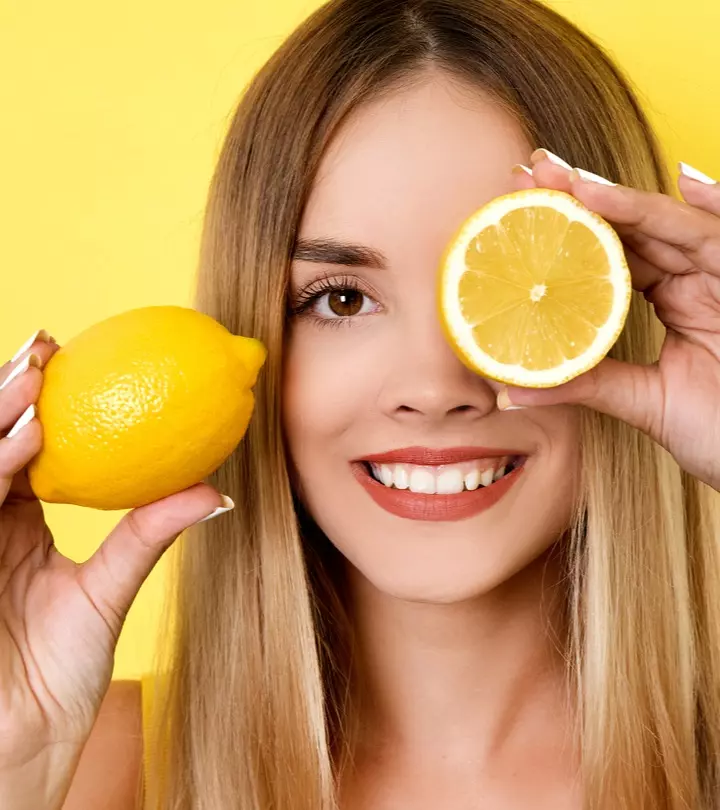
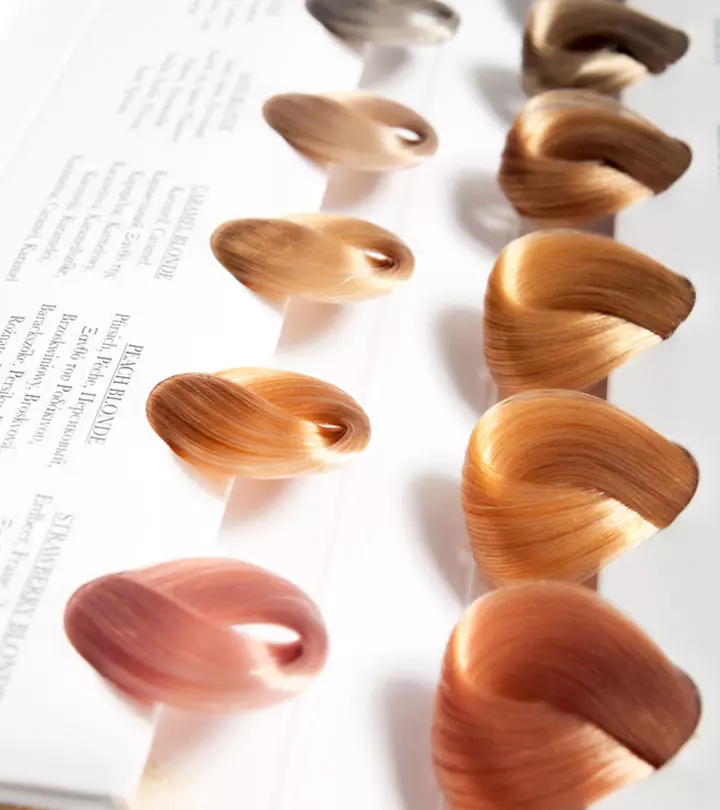
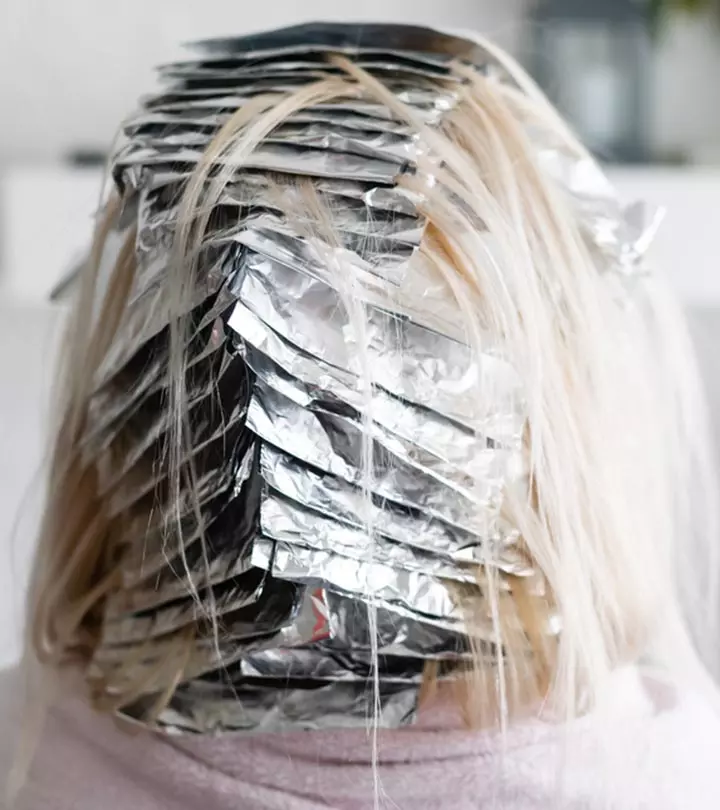
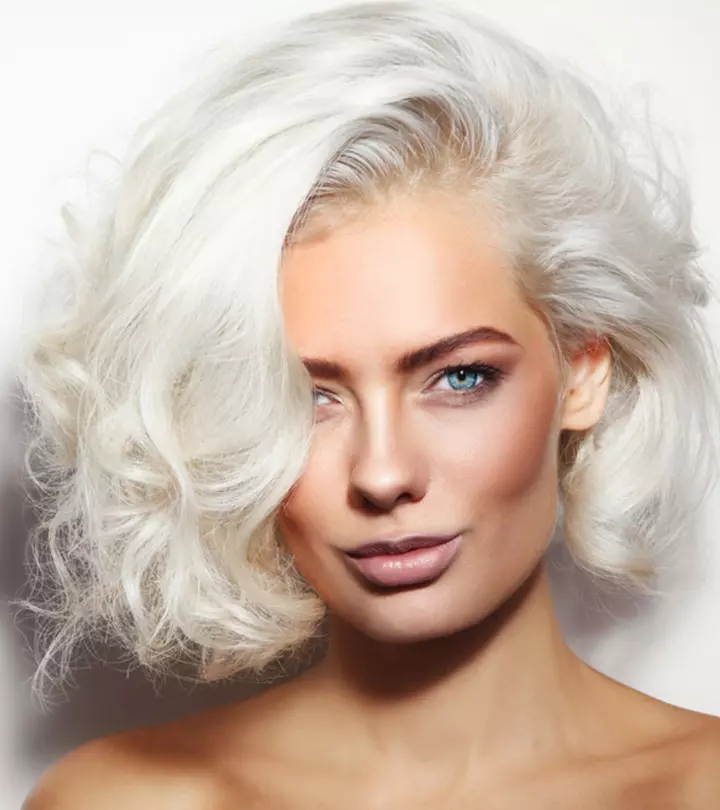
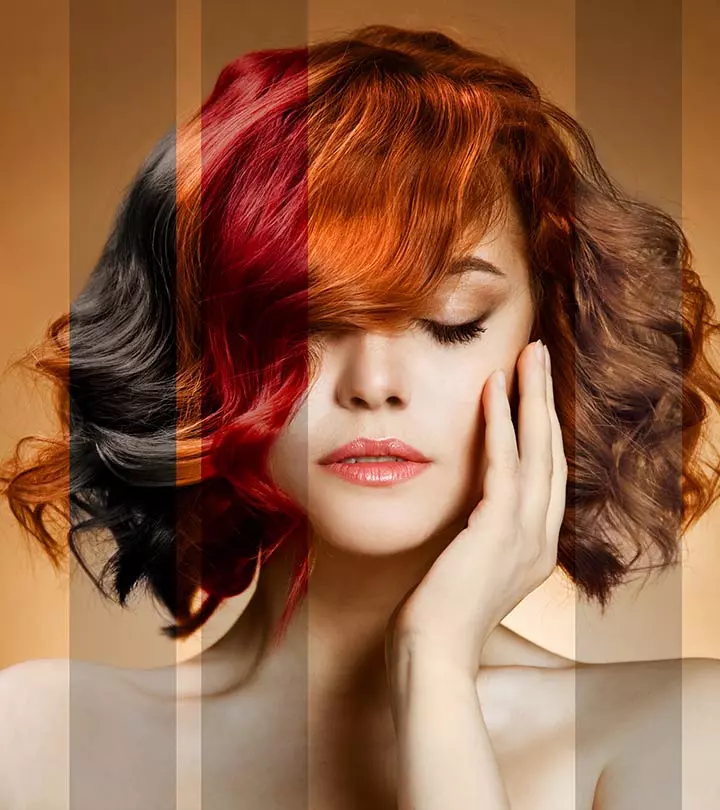
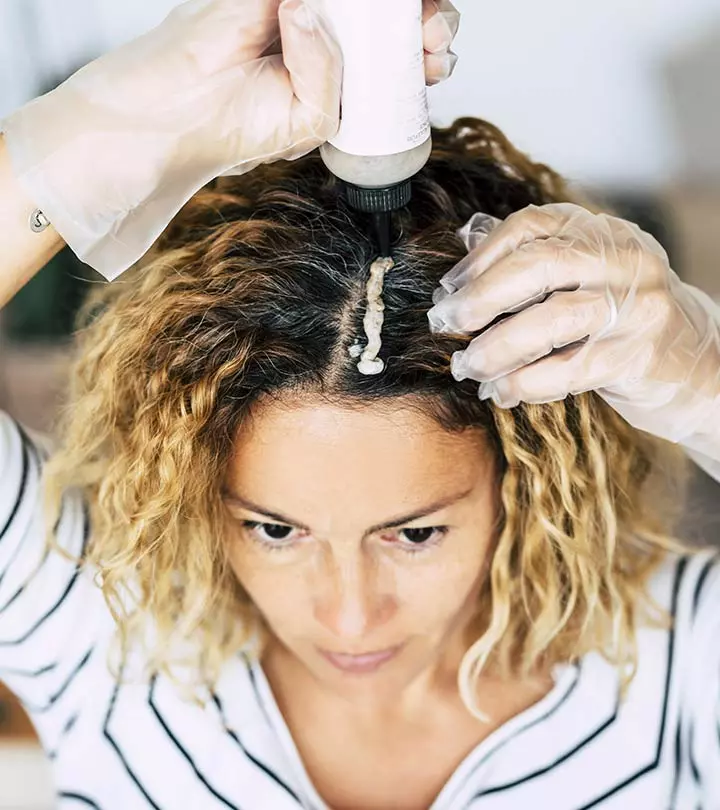
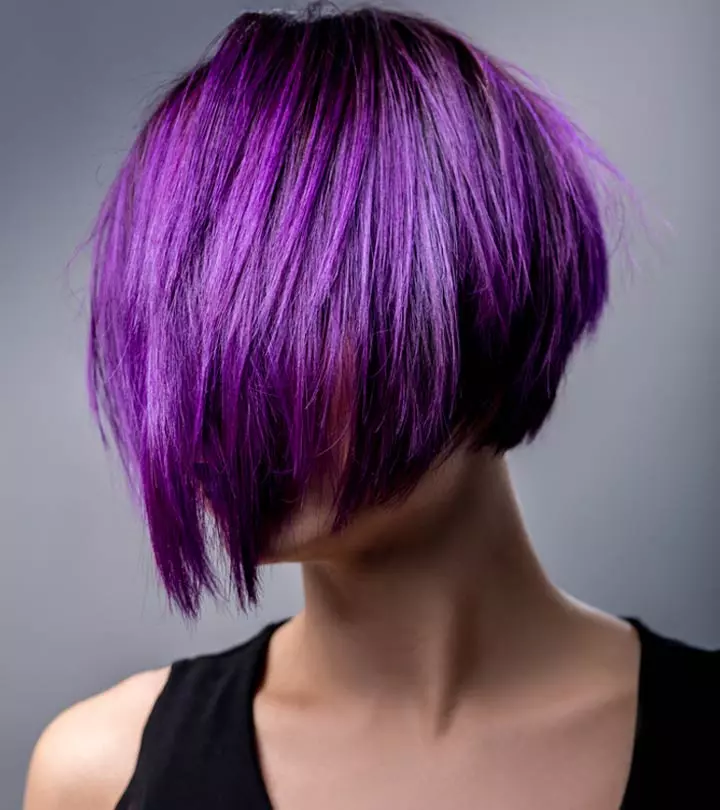


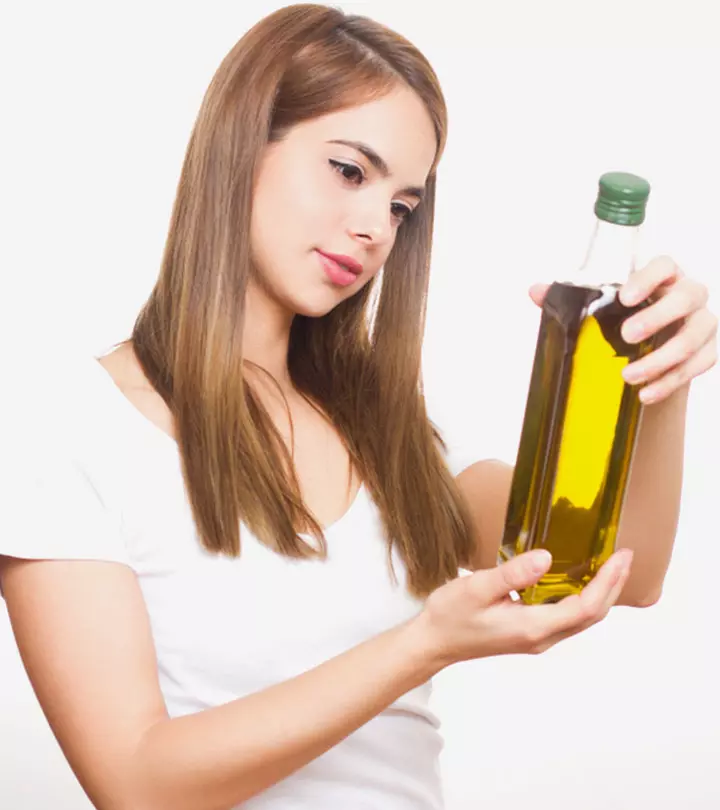
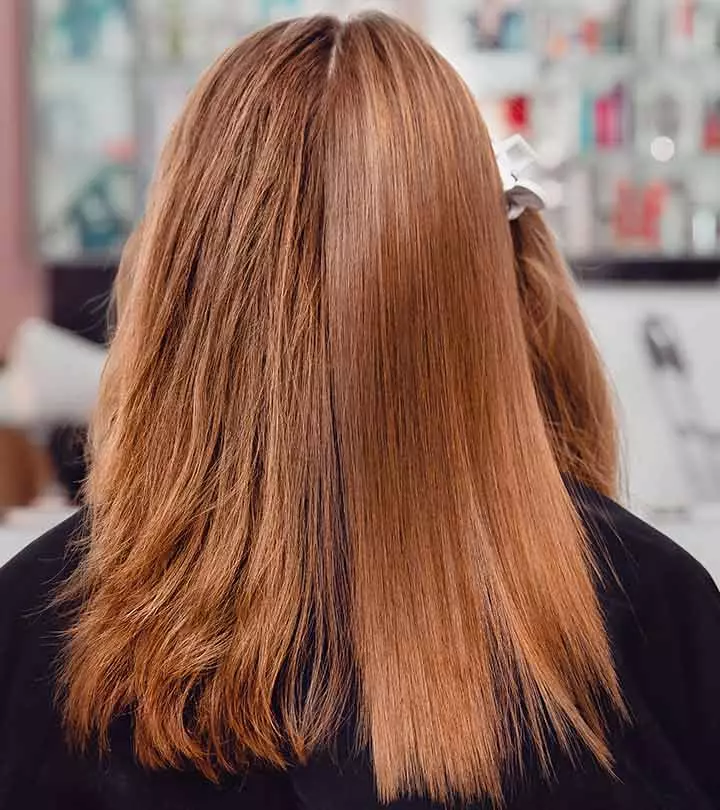
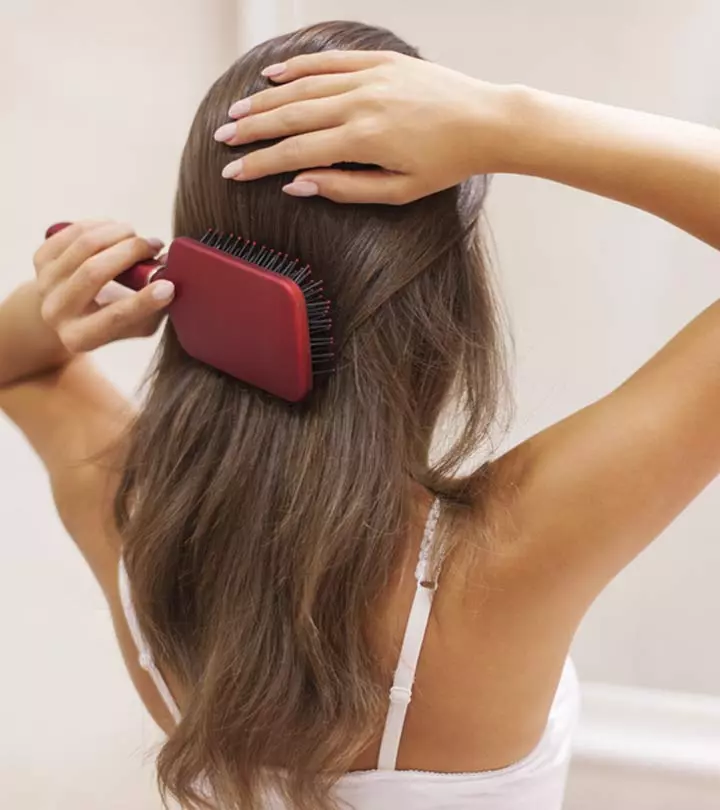
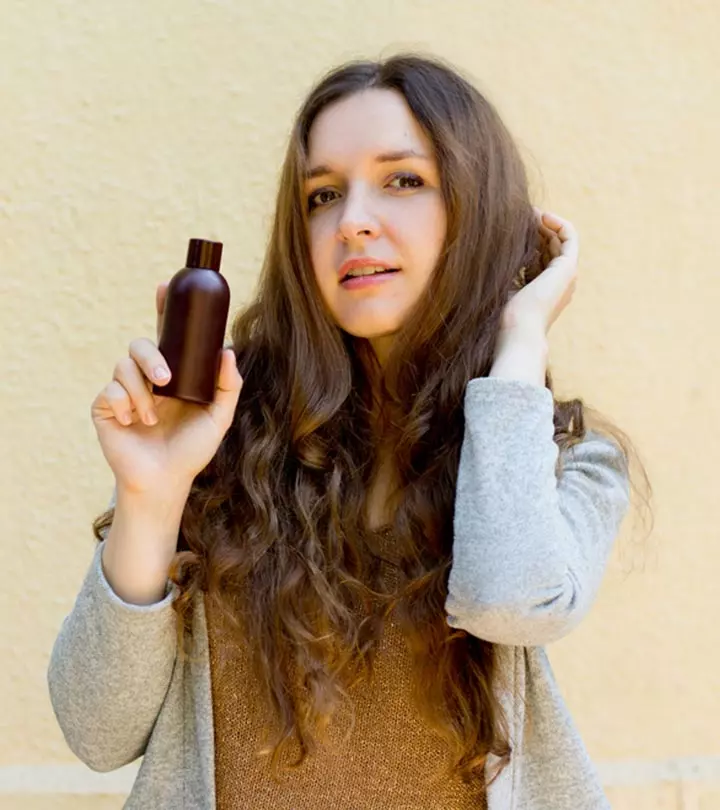
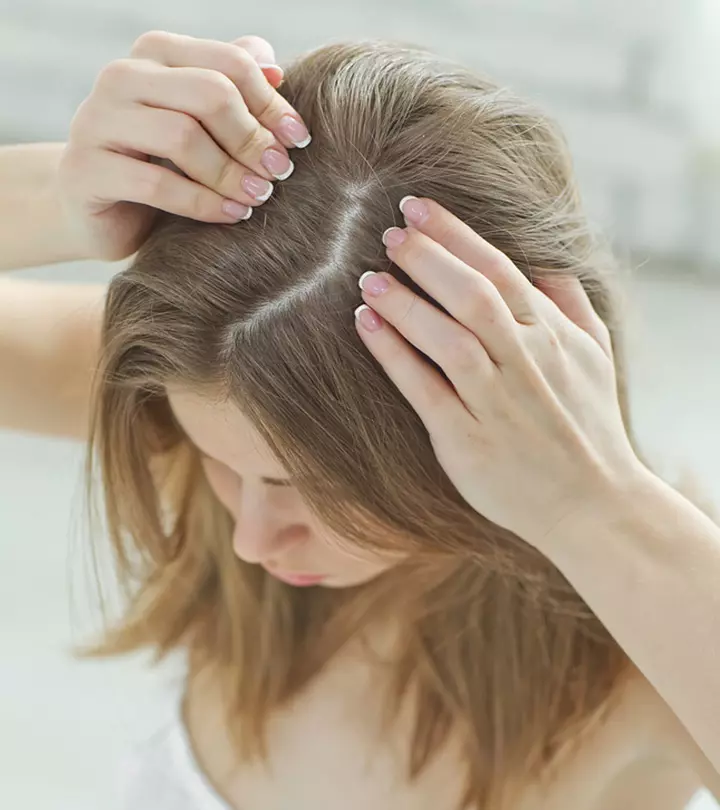

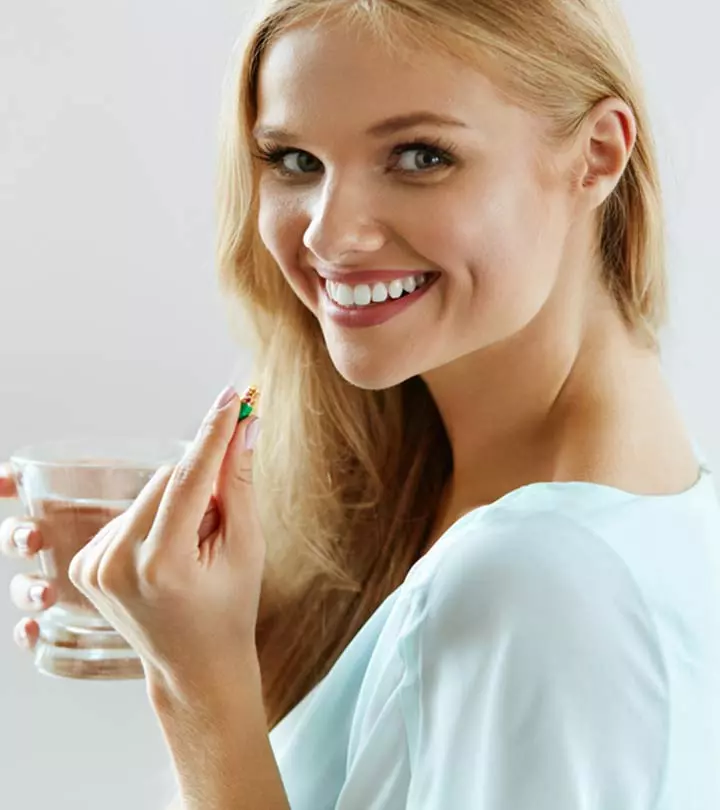
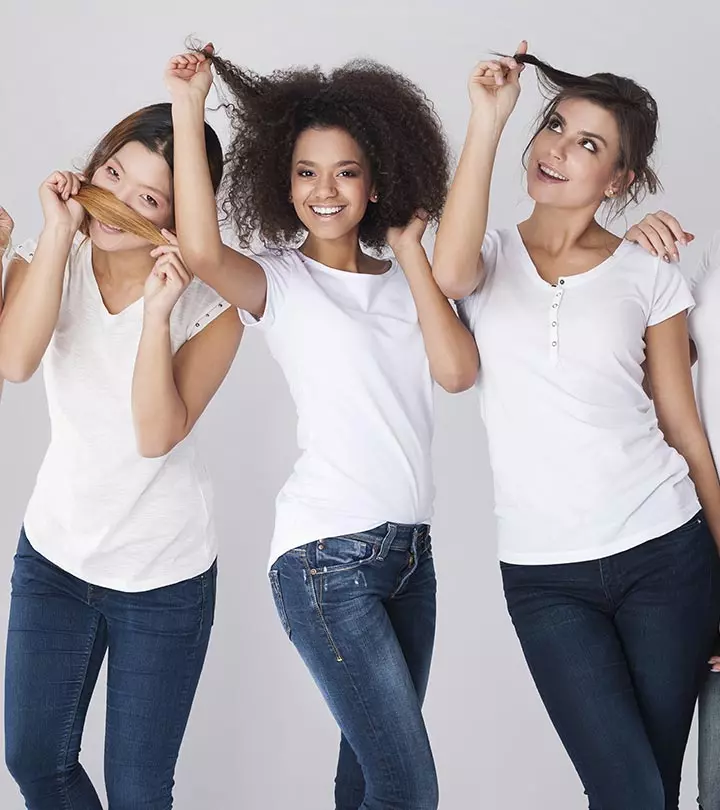
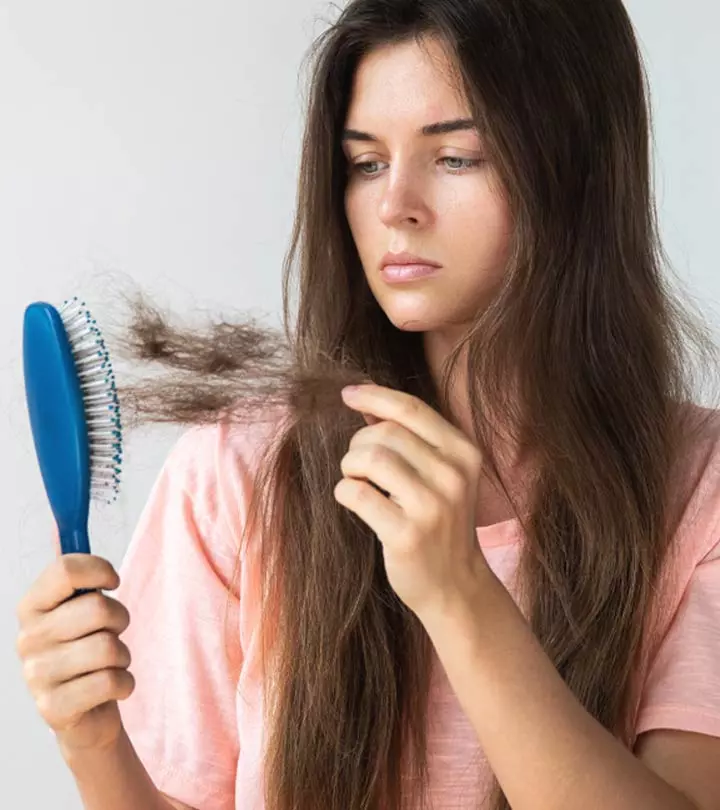


Community Experiences
Join the conversation and become a part of our empowering community! Share your stories, experiences, and insights to connect with other beauty, lifestyle, and health enthusiasts.